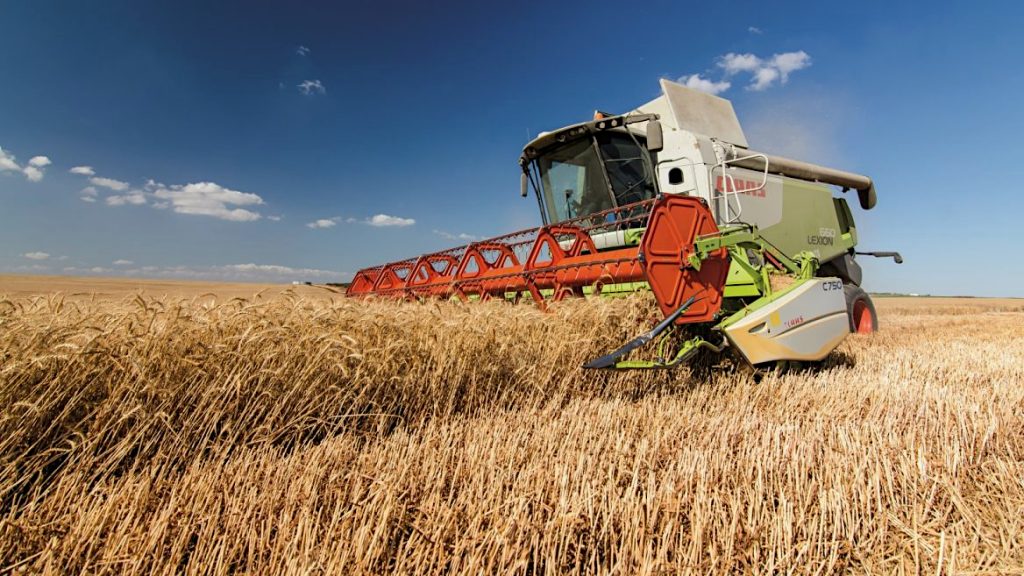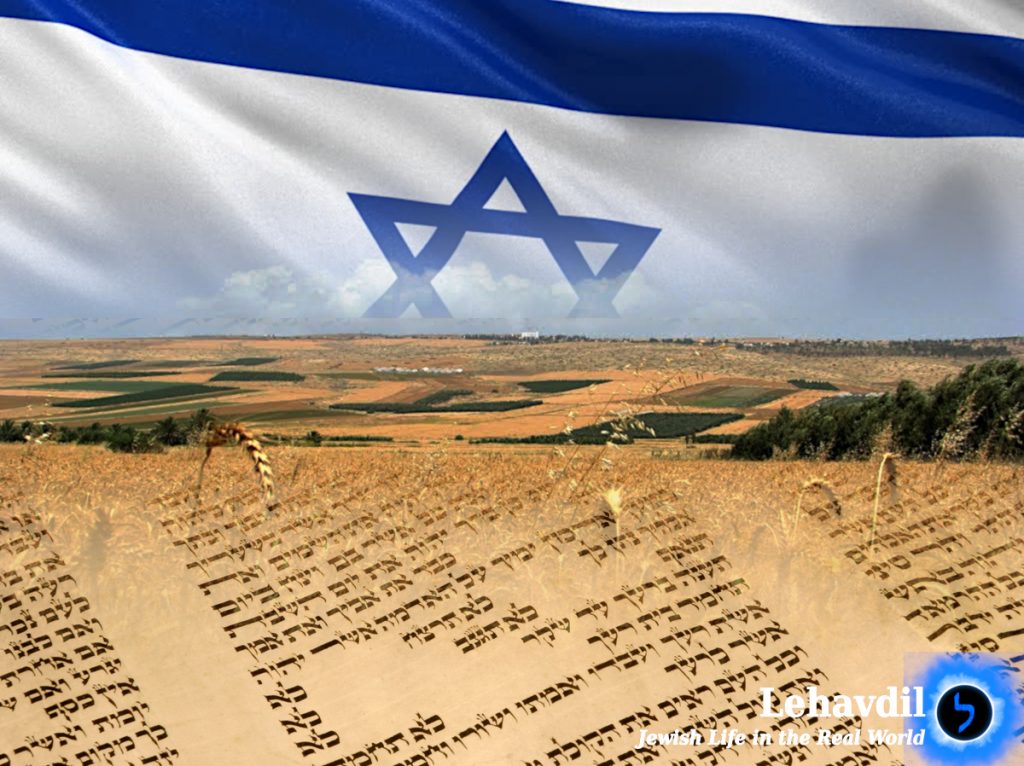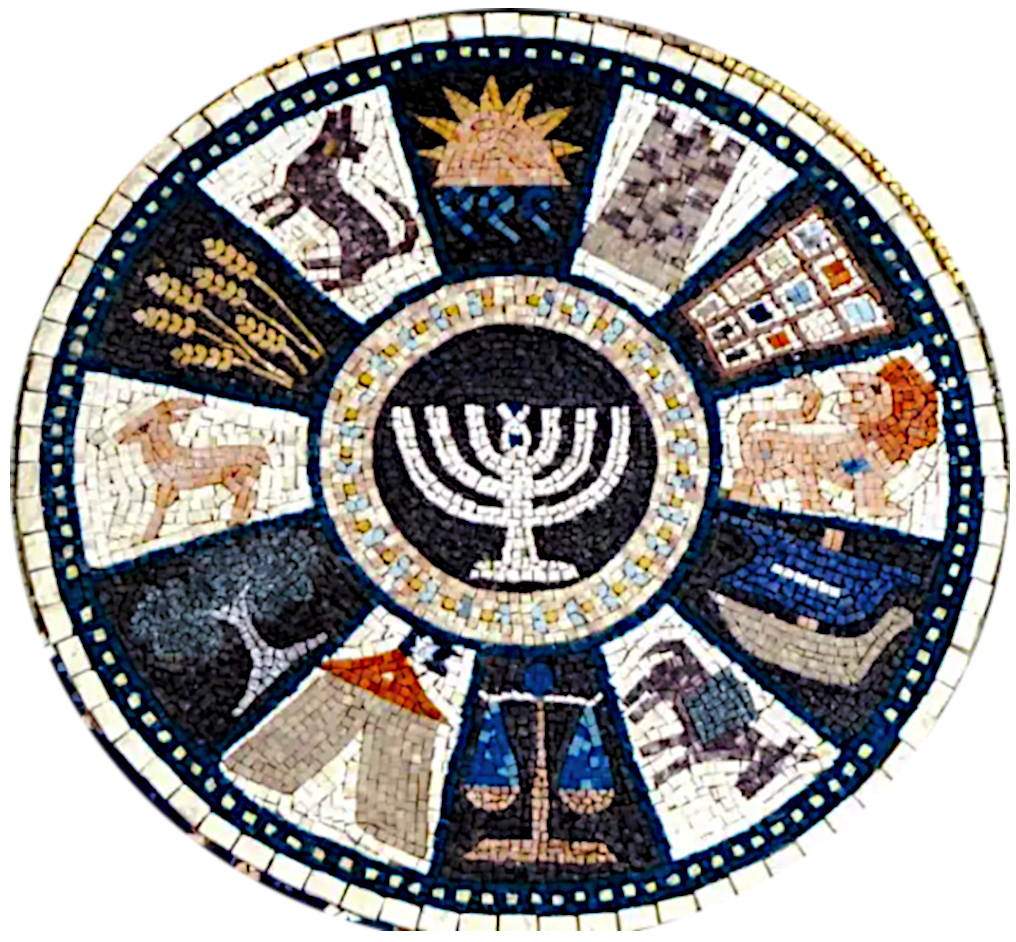(3-4 Minute Read)

In addition to the Torah readings, Megilat Rut, or the Scroll of Ruth, is read during the Jewish holiday of Shavuot, the Feast of Weeks. Megillat Rut is a short work that describes events taking place during the era of the Shophetim, or Judges. In many ways both the importance and uniqueness of the scroll is often overlooked. Even more importantly, numerous moral lessons can be derived from Ruth that are immensely important to the system of Jewish ethics.
In the days of the Shophetim, or Judges, Elimelech and his wife, Naomi, along with their sons departed from the land of Israel and instead made their home in Moab. There, Elimelech and his two sons all died, leaving Naomi as a destitute widow. Naomi announced to her two daughters-in-law, now also widows, that she would be returning to the land of Israel. She encouraged the Moabite wives of her two deceased sons to leave her and return to their own families and homes. One of the women did so. But Ruth ardently refused. She insisted on not only remaining with Naomi and returning with her together to the land of Israel, but Ruth also renounced all ties to the pagan idolatry of Moab. Instead, she committed herself for the rest of her life to the Eternal One of Israel as well as the Jewish people.
“And Ruth said: Do not force me to leave you, and to return from following after you; for where you go, I will go; and where you lodge, I will lodge; your people shall be my people, and your G-d my G-d; where you die, I will die, and there I will be buried; the L-RD do so to me, and more also, if anything but death separates you and me.”

When Naomi and Ruth returned to Bethlehem in the tribal region of Judah, they found themselves poor and destitute. In order to provide basic sustenance for themselves, Ruth foraged in the fields according to the Torah regulations leaving the corners of the fields for the poor (e.g. Leviticus 19:9-10).
“When you reap the harvest of your land, you shall not reap all the way to the corner of your field, or gather the gleanings of your harvest. You shall not pick your vineyard bare, or gather the fallen fruit of your vineyard; you shall leave them for the poor and the stranger; I am the L-RD your G-d.”
By “coincidence” better defined as Hashgacha Pratit, or Divine Providence, Ruth began to glean for sustenance for her and her mother-in-law in the fields of a wealthy and powerful man named Boaz. Boaz immediately noticed Ruth, and insisted that she not go to glean in the fields of another. Based on his rhetoric, the implication seems to be that he was concerned that other Jewish landowners would harass her or mistreat her. Most likely, either Boaz was concerned because he was aware that other landowners did not properly allow the poor to glean according to the Torah regulations, or Boaz was worried that Ruth would be mistreated because she was a Moabite convert to Judaism. Instead, Boaz requested that Ruth only glean on his land. Additionally, he treated her kindly, even allowing her to glean a portion of the harvest with the workers, and to take meal breaks with his laborers. He went above the basic commandments of the Torah regarding her rights as a poor “gleaner,” and was he very generous in his provision of harvest products for Ruth and her mother-in-law, Naomi.

As it turned out, Boaz was also related to Naomi, Ruth’s mother-in-law. In that case, according to the Jewish inheritance laws defined by the Torah, Boaz was one of the family relatives that was required to “redeem” the remaining family and assets of Elimelech and his sons. In an unexpected gesture (to say the least), Ruth reminded Boaz of his status as the family redeemer, and asked him to “redeem” her, i.e. marry her, since she was the widow of Boaz’s relative. Boaz agreed, but clarified that he was actually not the closest family redeemer. He was in “second place,” so to speak. According to Torah law, the closest family redeemer was required to either marry her and redeem the family assets himself, or pass the responsibility off to the “next in line,” i.e. Boaz.
Early the next morning, Boaz met the closer relative and explained the situation. The closer relative ultimately rescinded his ability to redeem the family assets and marry Ruth. The assets as well as the pending marriage to Ruth now shifted to Boaz. Boaz and Ruth were soon married, and they had a son. And that son was the grandfather of King David of Israel.
So why do we read this story on Shavuot? One of the more simple and surface-level reasons relates to the fact that the events of Megillat Rut take place during the harvests, and Shavuot is a holiday related to the early wheat harvest. But there are deeper reasons that some have pointed out as well.
One of the core themes of Megilat Rut is the observance of the Torah and the ensuing effects and outcomes thereof. Ruth first abandoned her idolatrous customs and family in Moab, instead actively choosing to follow the Holy One, Blessed Be He, and His Torah. In a sense, the actions of Ruth reflect the experience of the entire Jewish people at Mount Sinai at the giving of (the beginning) of the Torah at the approximate time of Shavuot. The Jewish people as a whole made a conscious decision and proclamation that they would accept the Torah, seeking to connect with the Almighty and enhancing their relationships to their fellow person as well as maintaining the land of Israel. In every aspect, Ruth did the exact same thing. She committed herself to the Eternal One, pledged to permanently maintain her connection to her mother-in-law and the Jewish people, and relocated to the land of Israel. Our Rabbinical Sages of blessed memory have stated that spiritually every Jewish soul was present at Mount Sinai. Additionally, however, even in our own lives each and every day we have a decision as to whether or not we will accept the Torah and follow it. And in some cases, as with Ruth, that decision can become apparent in very striking ways.

Similarly, Boaz also made the decision to accept the Torah and observe it. One thought expressed by the Rabbinical Sages of blessed memory is that neither Ruth nor Boaz had any idea that for thousands of years the Jewish people (including their descendants) would read about them. If Boaz had known that, then surely he would have been even more kind and generous to Ruth. However, Boaz accepted the Torah and followed the mitzvot, or laws, of kindness, provision for the poor, and redemption of widows and family property. He did this not because he was aware of any kind of reward or future fame, but merely because he knew these actions were the right thing to do. As a result, Boaz and Ruth were both rewarded. And perhaps the most important of these rewards was that Boaz and Ruth became the ancestors of the royal line of David and ultimately even the future Moshiach, or Messiah, himself.
Interestingly enough, the closer relative was heavily focused on maintaining what he perceived to be a “better bloodline” and inheritance privileges for his own family. Accordingly, he had no interest in marrying a Moabite convert to Judaism. Instead, he passed Ruth and the property off to Boaz. The closer relative had no idea that in his attempt to preserve his own family prestige, he literally gave away the royal bloodline of the Jewish kingdom and future Moshiach. Accordingly, the Scroll of Ruth puts special effort into erasing his name from the records. No one knows what the actual name of this closer relative was, as he is merely referred to as Ploni Almoni. This phrase could be casually translated as something akin to “What’s-his-face.” In other words, the man who spurned kindness and generosity and instead embraced selfishness and physical honor was erased and forgotten. And instead Boaz and Ruth have been memorialized for thousands of years and ongoing.

A final thought about the connection between Megillat Rut and Shavuot is that the story of Ruth describes how accepting and observing Torah mitzvot, especially those relating to kindness and generosity, quite literally produced the royal and Messianic bloodline. In other words, if Boaz and Ruth had not both embraced and observed the Torah and the mitzvot therein, there would be no future Moshiach of the royal Davidic line. Thus, in many ways Megillat Rut inextricably links the concepts of Torah, Moshiach, and the final redemption of the Jewish people by the Holy One, Blessed Be He, in the future era of Moshiach.
May we all strive to fully and properly accept and observe the Torah each and every day of our lives. May we all follow the example of Boaz and Ruth, extending kindness and generosity to others even when we don’t perceive any ensuing benefit to ourselves. And may such mitzvot bring us all just one step closer to the arrival of Moshiach speedily in our days.



